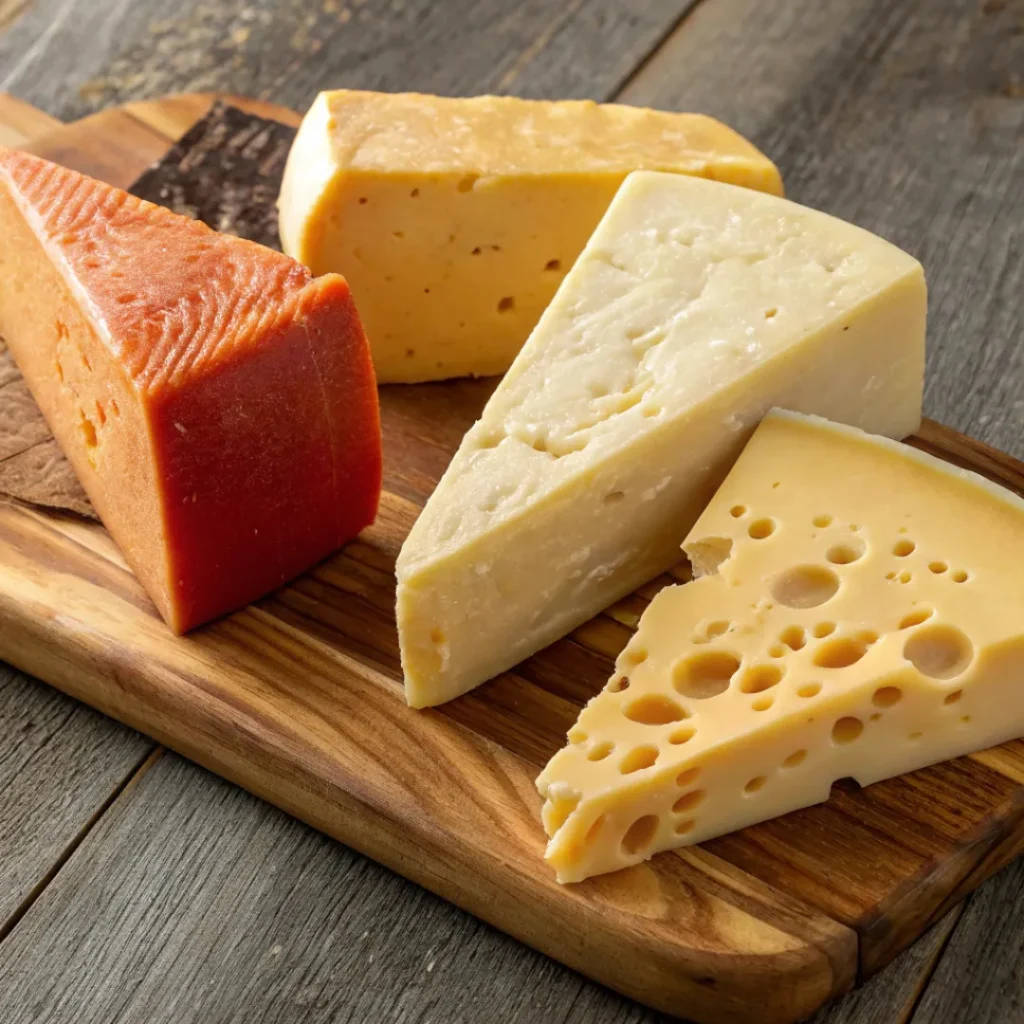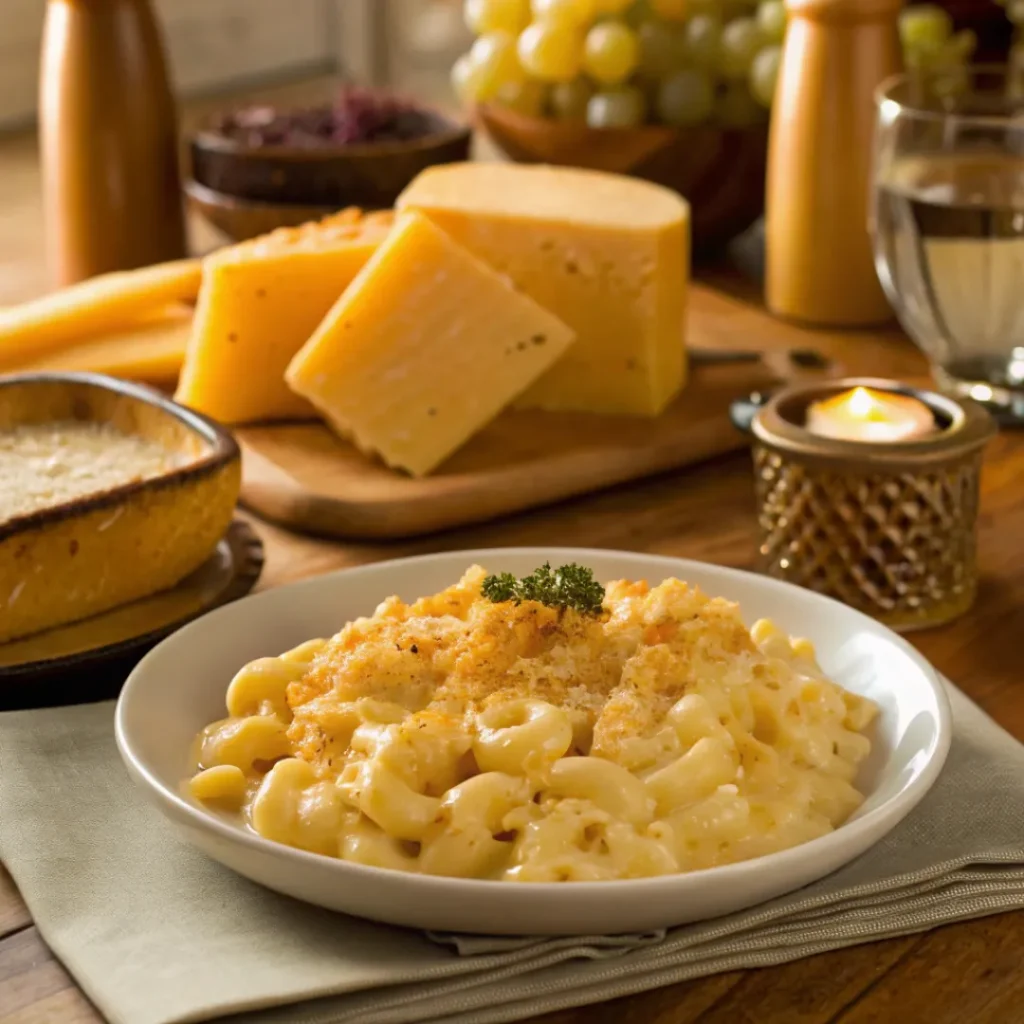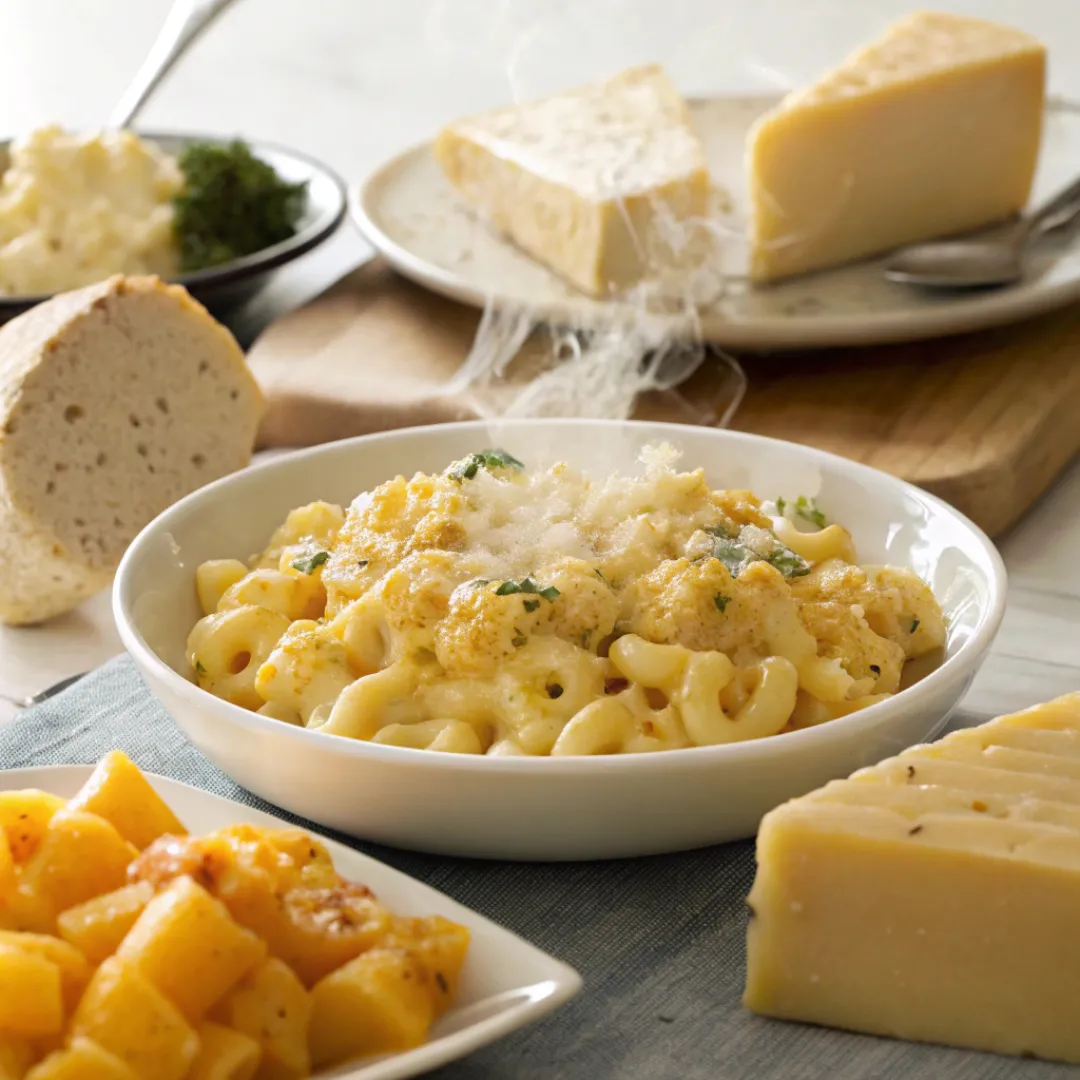Mac and cheese is a beloved comfort food, cherished worldwide for its rich, creamy, and cheesy goodness. Whether served as a side dish, main course, or late-night snack, it’s always a satisfying choice. But the key to a truly perfect mac and cheese lies in selecting the right cheese. If you’ve ever wondered what the best cheese for mac and cheese is, you’re in the right place. In this article, we’ll explore the top cheeses to use, how to combine them for maximum flavor, and essential tips for achieving that perfect creamy, cheesy texture.
Why Cheese Selection Matters in Mac and Cheese
Choosing the right cheese is crucial when making mac and cheese. It determines the texture, creaminess, and overall flavor of the dish. While it might seem like any cheese will do, some melt better and offer the right flavor profile for that gooey mac and cheese experience.
For a rich, creamy mac and cheese, select cheeses that melt smoothly without becoming greasy or stringy. While mozzarella may seem like a good option, it’s not ideal for mac and cheese. Its mild flavor and stringy texture can result in an undesirable outcome. Instead, opt for cheeses like cheddar, Gruyère, and Gouda, which melt beautifully and bring added depth, providing the perfect balance of creamy richness and cheesy indulgence for your dish.
The Key Characteristics of a Good Mac and Cheese Cheese
When it comes to making mac and cheese, the best cheeses share a few key characteristics:
Creaminess
A creamy cheese helps create the smooth, velvety texture that makes mac and cheese so comforting. These cheeses are usually softer and contain more moisture, allowing them to melt seamlessly into a rich sauce.
Meltability
Meltability is essential for a smooth cheese sauce. Cheeses like cheddar, Gruyère, and Monterey Jack melt easily and evenly. Some cheeses, however, can separate or become greasy when heated, so it’s important to choose those known for their smooth melt.
Flavor
The flavor of your mac and cheese should be rich, but not overpowering. A mix of cheeses often works best to achieve the right balance. Sharp cheeses add a nice bite, while milder cheeses lend smoothness and richness.
Texture
The texture of the cheese is just as important as the flavor. You want cheeses that melt well and give the sauce a silky-smooth consistency, while also creating a rich mouthfeel without clumping or becoming stringy.
Top Cheese Options for a Creamy Mac and Cheese
Now, let’s take a closer look at some of the best cheese options for mac and cheese. These cheeses offer distinct flavors and excellent meltability, making them perfect for creating the ideal cheese sauce.

Sharp Cheddar
Sharp cheddar is a classic choice for mac and cheese, known for its bold, tangy flavor. It stands out in the sauce, offering a nice balance of sharpness and creaminess. Extra sharp cheddar is especially great for a more intense flavor, while mixing it with milder cheddar can provide a more balanced taste.
Gruyère
Gruyère is a Swiss cheese with a smooth melt and a nutty, savory profile. While it’s famous for its role in fondue, it also works wonderfully in mac and cheese, adding depth and richness to the sauce. This cheese elevates the dish with its velvety texture.
Monterey Jack
Monterey Jack is a mild, creamy cheese that melts beautifully, making it ideal for mac and cheese. Its buttery flavor and smooth texture complement sharper cheeses like cheddar, adding a subtle creaminess to the base of your sauce.
Gouda
Gouda brings a mildly sweet, slightly smoky flavor that adds a unique twist to mac and cheese. It melts well and contributes a creamy texture to the sauce. Smoked Gouda can provide an extra layer of depth and complexity, making your dish stand out.
Fontina
Fontina is a semi-soft cheese known for its creamy flavor and excellent meltability. It gives mac and cheese a silky-smooth texture, and its richness blends perfectly with sharper cheeses like cheddar. Fontina helps create a creamy sauce without overpowering the dish.
Parmesan
Parmesan is typically used as a finishing touch for mac and cheese, adding a crispy, golden crust when baked. Its nutty, salty flavor enhances the creaminess of the sauce, adding depth and a bit of texture on top.
Brie
Brie is a soft, creamy cheese with a mild, buttery flavor. It melts perfectly, creating a smooth, luxurious sauce. Brie is an excellent choice for those looking to add a rich, indulgent touch to their mac and cheese.
Cream Cheese
For an ultra-creamy texture, cream cheese is a fantastic addition. It helps thicken the sauce and contributes a velvety richness. When used alongside other cheeses, it enhances the overall creaminess of the dish, making for a decadent mac and cheese experience.
How to Combine Different Cheeses for the Ultimate Mac and Cheese
One of the best ways to create a complex and flavorful mac and cheese is by mixing different cheeses. Each cheese has its own unique qualities, and by combining them, you can get the best of both worlds—richness, meltability, and depth of flavor.

Start with a Base Cheese
Begin with a cheese that melts well, like cheddar or Monterey Jack, as your base. This will form the foundation of your cheese sauce.
Add a Sharp Cheese for Flavor
Incorporate a sharp cheese like sharp cheddar or Gruyère to provide extra depth and tanginess to your dish.
Use a Creamy Cheese for Smoothness
For extra smoothness, add a creamy cheese like cream cheese or Brie. These cheeses add richness and a velvety texture.
Top with Hard Cheese
Finish your mac and cheese with a hard cheese like Parmesan, which adds a crunchy, flavorful topping.
Mixing cheeses gives you the flexibility to adjust the flavor and texture to your preference.
Avoid These Cheese Mistakes When Making Mac and Cheese
Here are some tips to help you create the best cheese sauce possible:
Don’t Overcook the Cheese
Overheating cheese can cause it to separate or become oily. Melt your cheese over low heat to avoid this issue and keep the sauce smooth.
Avoid Pre-shredded Cheese
Pre-shredded cheese contains additives like cellulose that can interfere with meltability. Grate fresh cheese to get the smoothest, creamiest sauce.
Use the Right Proportions
Too much cheese can result in a thick, greasy sauce, while too little will make the dish bland. Ensure you have the right balance for a creamy, flavorful sauce.
For more tips and troubleshooting with your cheese sauce, check out this helpful guide on Fermenting for Foodies’ Cheesemaking Problems.
Enhance Your Mac and Cheese with Extra Tips
When making mac and cheese, avoid the following mistakes to ensure your dish turns out perfectly:
Overheating the Cheese
High heat can cause cheese to separate or become greasy. Melt cheese over low heat for the best results.
Using Pre-shredded Cheese
Pre-shredded cheese contains additives like cellulose that affect its meltability and texture. Always shred fresh cheese for the smoothest, creamiest sauce.
Not Using Enough Cheese
Too little cheese will result in a bland dish. Use enough cheese to create a rich, flavorful sauce that coats every noodle.
If you’re encountering challenges with your cheese sauce, or if you’re unsure why your sauce isn’t coming out perfectly, it could be due to common cheesemaking issues. To help you troubleshoot and make sure your cheese sauce is as creamy and smooth as possible, check out this helpful resource: Fermenting for Foodies’ Cheesemaking Problems.
Vegan Cheese Options for a Plant-Based Mac and Cheese
If you’re craving a vegan version of mac and cheese, there are many great plant-based alternatives available. Vegan cheeses made from cashews, almonds, soy, and other ingredients can replicate the creamy texture of dairy cheese. For added flavor, nutritional yeast is often used to provide that signature cheesy taste without any dairy.
Frequently Asked Questions
Is Gouda good for mac and cheese?
Yes, Gouda is an excellent option. It melts wonderfully, offering a creamy texture, and its slightly sweet flavor adds an extra layer of depth to the dish.
What’s the best way to melt cheese for mac and cheese?
To achieve the best melt, use low heat and melt the cheese slowly. You can use a double boiler or stir the cheese gently into a warm sauce for smooth results.
Should I mix cheeses for the best mac and cheese?
Yes, mixing cheeses like sharp cheddar with Gruyère or Monterey Jack helps create the perfect balance of flavor, creaminess, and texture.
Conclusion
When it comes to making the perfect mac and cheese, choosing the right cheese is crucial. While preferences vary, sharp cheddar, Gruyère, and Monterey Jack are some of the best options for creating a creamy, flavorful sauce. Feel free to experiment with different types or combinations of cheese to discover the ideal mix for your dish. Ultimately, the right cheese can take your mac and cheese from ordinary to extraordinary, ensuring each bite is rich, creamy, and delicious.

